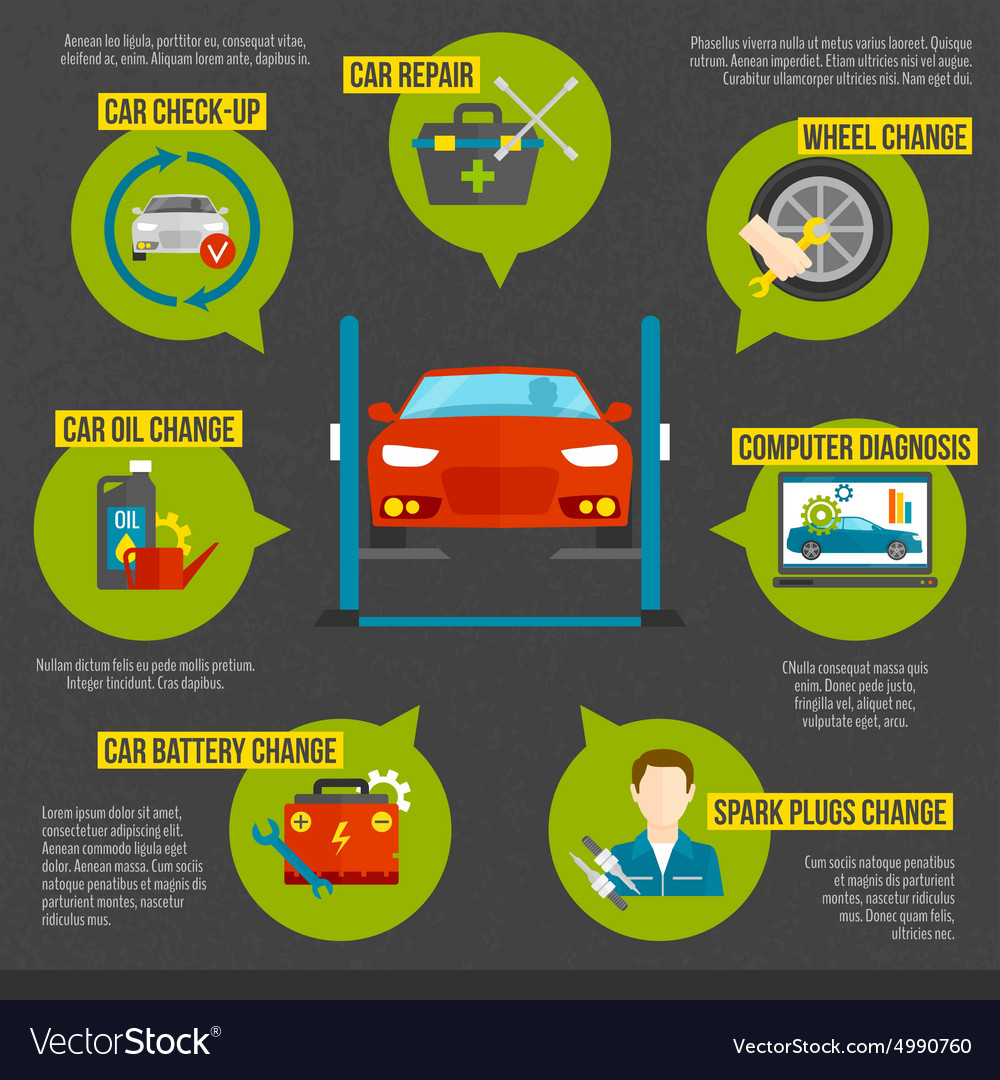Analyzing Your Automobile'S Caution Indicators: What They Truly Communicate
Analyzing Your Automobile'S Caution Indicators: What They Truly Communicate
Blog Article
Team Author-Faulkner Corbett
When you're behind the wheel, those beautiful caution lights on your control panel can be a bit difficult. Do you know what they're trying to tell you about your cars and truck's wellness? Understanding the value of these lights is essential for your safety and the durability of your vehicle. So, the following time one of those lights appears, wouldn't you want to decode its message precisely and take the required steps to address it?
Common Warning Lighting and Interpretations
Identify typical caution lights in your car and recognize their significances to make certain risk-free driving.
car steam cleaning of the most regular caution lights include the check engine light, which signals concerns with the engine or emissions system. If this light begins, it's important to have your lorry examined quickly.
The oil stress alerting light shows reduced oil stress, requiring prompt focus to avoid engine damages.
A blinking battery light might suggest a defective billing system, possibly leaving you stranded if not attended to.
The tire pressure surveillance system (TPMS) light signals you to reduced tire pressure, influencing lorry stability and fuel performance. Disregarding this could bring about hazardous driving problems.
The abdominal muscle light suggests a problem with the anti-lock braking system, endangering your capability to stop rapidly in emergency situations.
Lastly, the coolant temperature alerting light warns of engine getting too hot, which can lead to severe damages if not resolved quickly.
Recognizing these usual caution lights will assist you attend to concerns without delay and maintain secure driving conditions.
Significance of Prompt Focus
Recognizing the typical warning lights in your car is just the first step; the value of promptly resolving these warnings can not be emphasized sufficient to guarantee your safety and security when traveling.
When a caution light illuminates on your control panel, it's your car's means of communicating a possible issue that needs attention. Neglecting these cautions can bring about a lot more severe issues later on, compromising your safety and security and potentially costing you a lot more out of commission.
Prompt focus to cautioning lights can prevent breakdowns and mishaps. For instance, a blinking check engine light could suggest a misfire that, if left unattended, can create damages to the catalytic converter. Addressing this immediately can save you from an expensive fixing.
In a similar way, a brake system warning light may signify low brake liquid or worn brake pads, crucial elements for your safety when driving.
DIY Troubleshooting Tips
If you discover a warning light on your dashboard, there are a few do it yourself repairing tips you can try before seeking specialist aid.
The initial step is to consult your cars and truck's guidebook to understand what the details caution light shows. Occasionally the issue can be as easy as a loosened gas cap triggering the check engine light. Tightening window tinting auckland may solve the issue.
An additional usual problem is a reduced battery, which can activate numerous warning lights. Checking the battery connections for rust and guaranteeing they're safe and secure could take care of the trouble.
If a warning light persists, you can try resetting it by disconnecting the vehicle's battery for a couple of mins and after that reconnecting it. Furthermore, checking your car's liquid degrees, such as oil, coolant, and brake liquid, can help troubleshoot cautioning lights associated with these systems.
Final thought
To conclude, understanding your auto's caution lights is necessary for keeping your automobile running smoothly and securely. By immediately attending to these signals and knowing what they suggest, you can avoid expensive fixings and possible breakdowns.
Keep in mind to consult your auto's manual for particular information on each warning light and act as necessary to make certain a trouble-free driving experience.
Stay notified, stay secure when driving!
